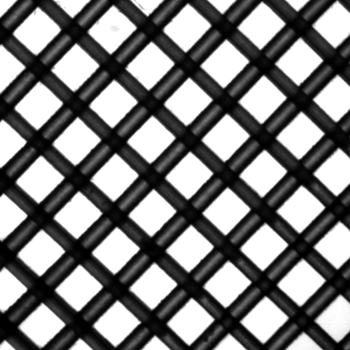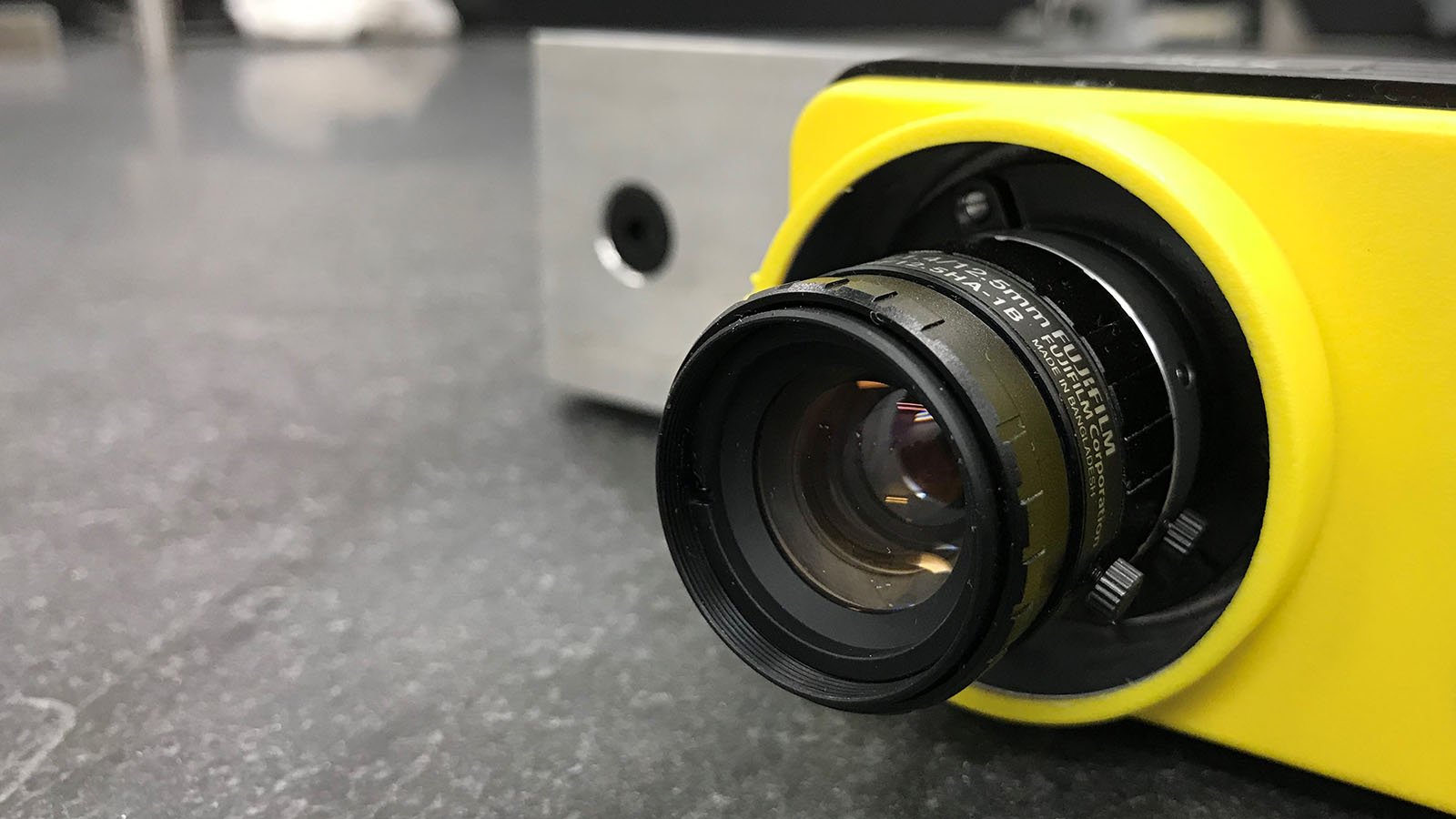If we need to injection mold a few hundred parts, quality control is easy—we look at each part, measure it, and see if it matches the print. The challenge with quality arises when we have a high volume of required parts. We simply can’t allocate the necessary labor to check every part, or even every five parts. In typical quality management systems, parts get checked at the molding machine at a certain rate. The reality is that scaling quality control requires the adoption of new resources. So how do we span that gap and ensure maximum quality control? Machine Vision.
Introducing Machine Vision
The answer is to integrate an injection molding machine, robotics, and a robust machine vision system. Starting with an injection molding machine, we can create a solid molding process that goes well beyond making a good part. Understanding how much process variation affects the finished part and how sensitive the part is to certain conditions, we can set machine parameters to alert robotics systems of potentially bad parts.
Having the robotics system integrated into the operation of the molding machine, automatically removes finished parts from the molding machine, confirms a complete removal, and allows the next cycle to start. Since the molding machine and the robotics are standardized, each mold requires that a unique end effector (tooling to handle the parts) be attached to the robots. In the case of an integrated vision system, the end effector may have design features to show higher contrast between the finished part and the background. It may also include features that allow the presentation of the part to the vision system in multiple ways. Presenting different views to the vision system allows a more detailed vision inspection.
Using a Vision System
The vision system is mounted inside the robotics area and will have two-way communication with the robot. When the robot is in a position, it will trigger the camera to take an image. The camera processes the image and deploys inspection tools. Within milliseconds, the robot is notified if the part is good, and can then act accordingly to handle the parts—separating the good parts from the bad. This video shows one of our integrated machine vision systems in action.
A real World Vision Example

Figure 1.1 is what the camera is seeing during this inspection. Note that the openings in the grid pattern are thirty thousands of an inch. It would be nearly impossible to have this level of inspection done by humans. For more on this vision inspection check out this post. In the realm of precision and high-volume injection molding, quality and delivery is everything. When we integrate injection molds, robotics, and vision systems, we don’t discover bad parts after thousands have already been produced. Instead, we can get instant feedback on the quality of every single part. There is simply no replacement for this type of technology, and it is the only way to span the quality gap created by high volume injection molding.


